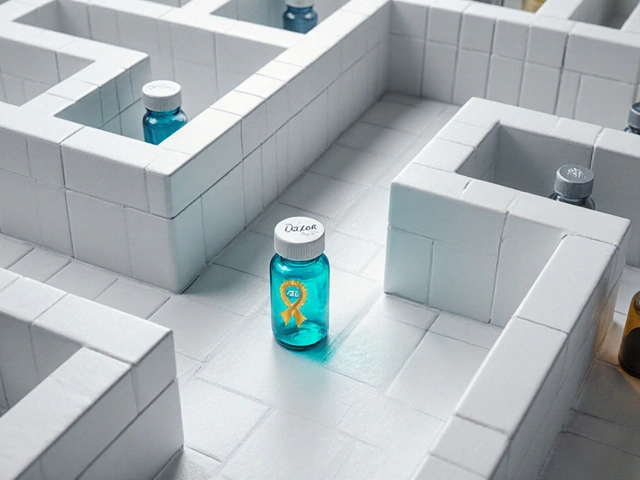Miracle Molecule: What the Hype Really Means
“Miracle molecule” is a catchy label companies and headlines use when one compound shows strong benefits in early tests. That makes you curious — and cautious. Not every promising lab result or animal study pans out in people. This page helps you tell hype from real value and points to common examples you might see across our site.
When does a molecule earn the “miracle” tag? Usually after a single study shows a big effect or when marketing leans hard on a neat mechanism. A true medical breakthrough needs repeated human trials, clear safety data, and regulatory review. Until then, treat claims as interesting leads, not medical facts.
Quick checklist to spot real promise
Look for human data, not just test tubes or mice. Check sample size — tiny studies often overstate effects. Watch for clear outcome measures, not vague improvements. See if independent groups replicated results. And read how side effects were reported. If you can’t find this, the “miracle” claim is probably premature.
Examples on this site show how this plays out. Supplements like krill oil or chitosan have real benefits for some people, but results vary by dose and product quality. Prescription drugs such as Glyset or Micardis come with robust clinical data and established dosing rules. Antivirals like Zovirax work for specific infections and have decades of use behind them. All of these get labeled “miracle” by some writers, but each has limits and trade-offs.
Smart ways to use new molecules safely
Talk to your doctor before trying anything new, especially if you take other meds. Ask about interactions and monitoring needs. If you buy online, choose verified pharmacies and keep prescriptions current. For supplements, pick brands with third‑party testing and clear ingredient lists. Avoid high-dose experimental treatments without medical supervision.
Think in terms of risk versus reward. A mild supplement with low risk may be worth trying for a small benefit. A drug with serious possible side effects needs stronger proof before use. If a product promises miraculous cure-all results, that’s a red flag.
Curious readers often want practical next steps. Start by reading clinical summaries, not testimonials. Look up trial results on registries or reputable medical sites. Ask your clinician whether a treatment fits your specific health profile. If cost or access is an issue, ask about approved alternatives with similar effects.
We track stories across common topics — antibiotics, heart medicines, supplements, mental health drugs, and more. Use our guides on buying meds online, comparing alternatives, and safety tips to make smarter choices. Keep asking questions, demand good evidence, and don’t let “miracle” replace common sense.
If you decide to try a new compound, set clear goals and a timeline. Note baseline symptoms or labs, give the treatment a reasonable trial period, and record changes. Watch for new symptoms and stop if serious side effects appear. Share progress with your clinician and avoid mixing multiple new products at once. That makes it easier to know what works and what doesn’t clearly.
Georgea Michelle, Jul, 12 2023
Sulforaphane: The Miracle Molecule That Can Transform Your Health
Today, I discovered an amazing molecule called Sulforaphane, which has the potential to drastically improve our health. It's a compound found in cruciferous vegetables like broccoli and cabbage, and it has been linked to numerous health benefits. Research suggests that Sulforaphane can help prevent cancer, support heart health, and even slow down aging. It's also been shown to boost brain health and aid in detoxification. If you're interested in a simple and natural way to boost your overall wellbeing, Sulforaphane could be your new best friend.
View More




